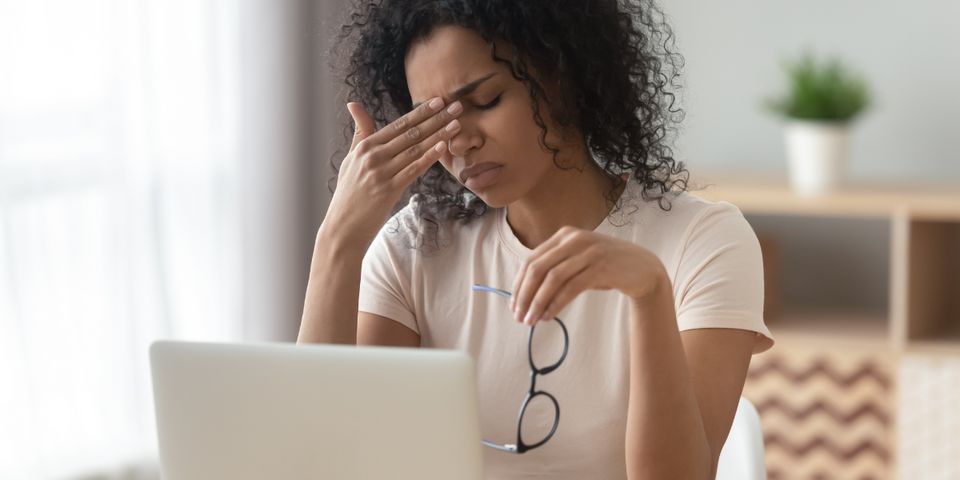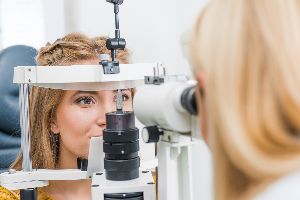
In today’s world, screen time is unavoidable, but it could be affecting your vision. Computer vision syndrome is a common eye care concern that stems from spending too much time using devices. To help you understand and avoid the condition, below are key facts about it.
What You Need to Know About Computer Vision Syndrome
What is it?
Computer vision syndrome is also called digital eye strain, and it refers to the group of vision disturbances that arise from too much time looking at digital screens. The combination of odd angles, poor contrast, fuzzy pixels, weird posture, and screen glare can strain your eyes and make them move in abnormal ways. People who have existing vision problems, spend a few hours on screens a day, or wear eyeglasses or contacts may be more prone to digital eye strain.
What are the symptoms?

There are multiple symptoms associated with computer vision syndrome, and they may vary from person to person. The most common include dry or watery eyes, headaches, fatigue, blurry or double vision, and neck and shoulder pain. The symptoms will worsen as your time on screens increases, but they usually dissipate after a few hours without looking at a screen.
How is it treated?
The main mode of treatment is correcting factors that contribute to the eye strain, such as adjusting your posture, setting healthier screen habits, working in sufficient light, and improving the resolution and contrast of your devices. Your eye care professional may examine your eyes to rule out damage that could cause your symptoms and will ensure your vision prescription accommodates screen usage. Eye drops may be used to temporarily relieve dry, itchy, gritty, or watery eyes.
How can I prevent it?
The best prevention is limiting your screen time when possible and participating in hobbies that don’t require devices. When you do have to use a screen for a long period, take regular breaks.
A good rule of thumb is to spend at least a minute of every half hour looking at something in the distance (that isn’t a screen), which will rest your eyes. Optimize the contrast and resolution of your screens so words are sharp and easily discernible. If your eyes start to feel tired or dry, take a break from screens for at least twenty minutes.
If digital eye strain is affecting your life, the eye care team at EyeCare One will help. Serving West Chester, OH, for over 20 years, their eye doctor performs exams, prescribes appropriate eyewear, and treats conditions, like strain and glaucoma. Patient satisfaction is their priority, and emergency care is available. Browse their services online, and call (513) 755-7775 for an appointment.
About the Business
Have a question? Ask the experts!
Send your question

